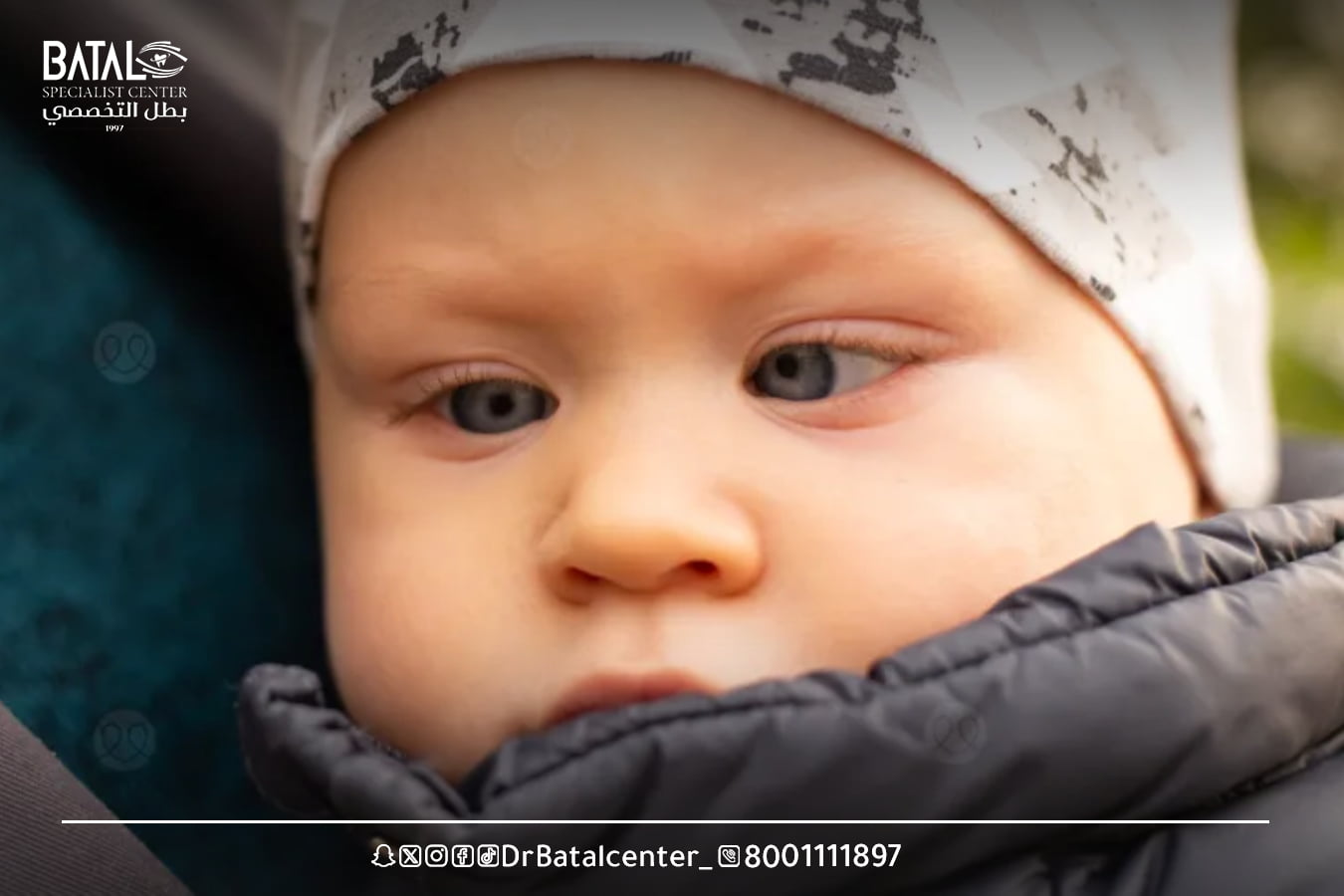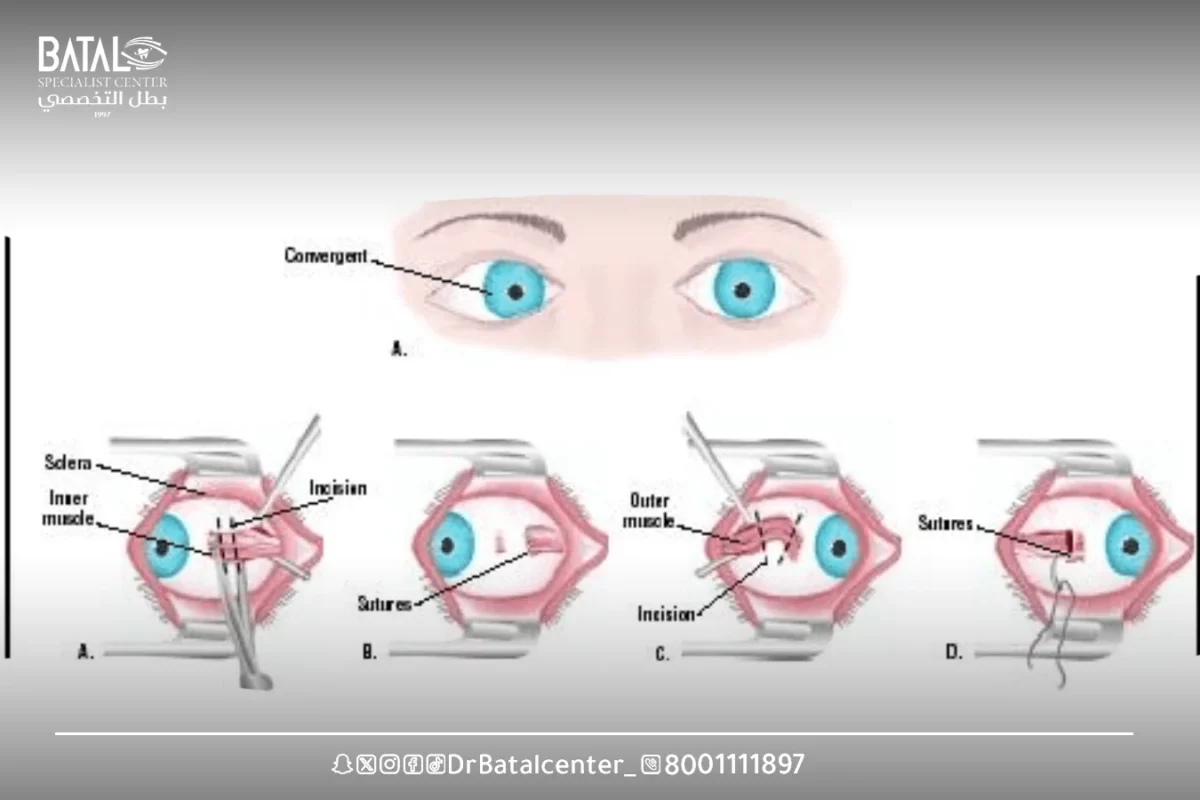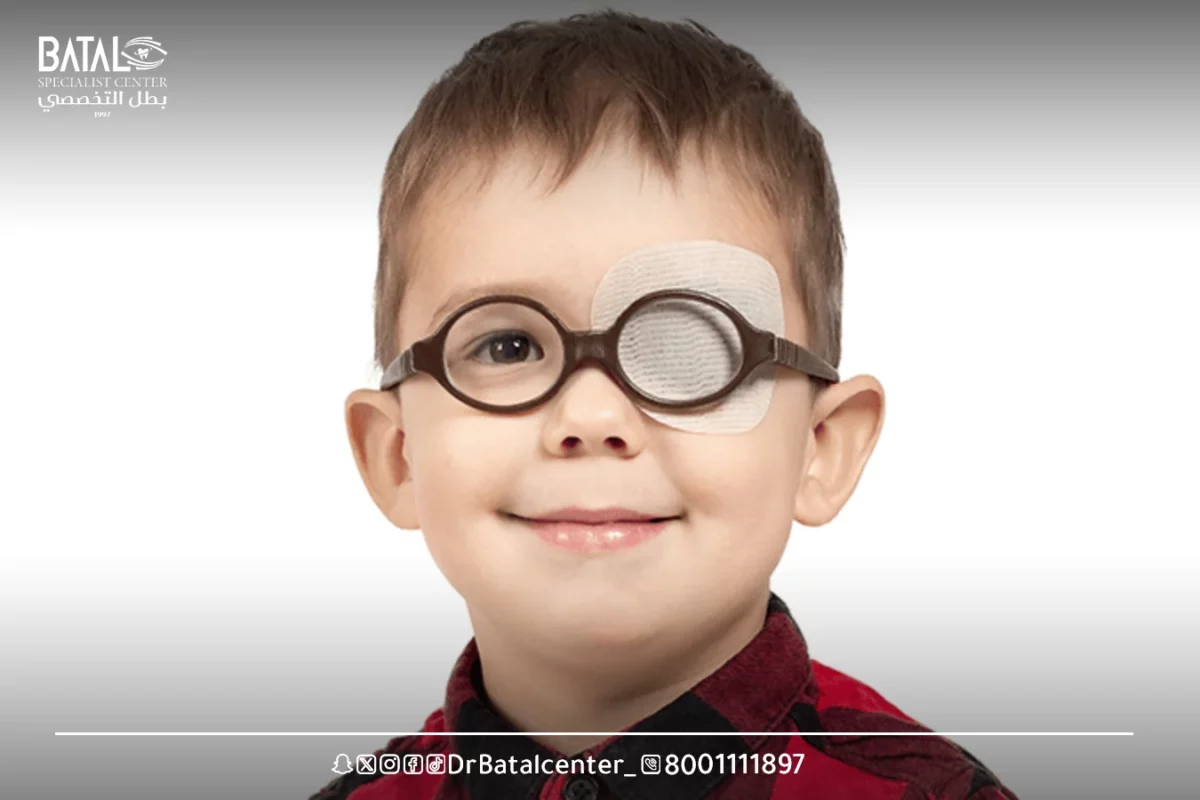Med info
Methods of treating strabismus in children: restoring your child’s sight

There are different ways to treat strabismus in children, as it is one of the most common eye diseases in children, affecting between 2 and 4 percent of the population. Strabismus occurs when the eyes are not aligned properly. One or both of your baby’s eyes may point inward (around medial), outward (around lateral), upward (around superior), or downward (around inferior).
Your baby may be born with strabismus, or he or she may develop it later in life. Strabismus can also develop as a result of an accident or other health problem. Strabismus is intermittent in some children, while it is always present in others.
Early diagnosis is essential to prevent vision loss that occurs as a result of amblyopia, also called “lazy eye”. Strabismus amblyopia occurs when vision does not develop normally during childhood due to misalignment of the eyes.
Objectives of treating strabismus in children
Overall, about 90% of patients and parents notice some improvement in strabismus after surgery, but many patients need more than one operation in their lives. If strabismus returns, it may be in the same direction or in the opposite direction and may occur at any time. The operation does not change visual acuity or refractive error, but more grafts may be needed after the operation, and the goals of treating strabismus in children include:

- Improve eye alignment, to reduce strabismus size.
- In some patients, to reduce or attempt to eliminate double vision or to protect or restore double vision.
- Sometimes to improve head position.
- The main goal of treatment is to get the best vision to help patients get better vision in order to live, study and work.
Treatment options for strabismus in children
There are multiple options for treating strabismus in children. However, the level of recovery and treatment goals vary from person to person, depending on the cause, age and duration of the disease.

Surgical treatment and advanced technologies
Surgery is often recommended for strabismus in which the imbalance is caused by a defect in the eye muscles, and may include:
Tighten or weaken the eye muscles
The surgical procedure involves tightening or weakening certain muscles in the eye to correct the position of the eyes and improve alignment. The surgeon makes small incisions in the eye tissue to reach the muscles and adjust their tension as needed. This helps restore proper eye alignment and improve binocular vision.
Eye position correction
The position of the eye is corrected through a number of procedures:
- Lenses: These specialized lenses bend light and change the visual image, effectively aligning the eyes.
- Botox injections: Botox temporarily weakens certain muscles in the eye, allowing for better eye alignment. This treatment is usually used as a temporary measure or in cases where surgery is not possible immediately.

Visual exercise therapy
In addition to or instead of surgery, visual exercises can be used as a non-surgical way to treat certain types of strabismus.
These exercises aim to improve control and coordination of the eye muscles, allowing the eyes to work together effectively. Visual exercises may include focusing on specific objects or goals, performing eye movement exercises, and doing convergence-divergence exercises.

Strengthening the eye muscles
Vision therapy, also known as orthodontic treatment or vision training, is often prescribed for individuals with strabismus. The ophthalmologist guides the patient through a series of exercises specifically designed to meet their specific needs. The goal is to strengthen the eye muscles, enhance binocular vision, and improve eye alignment over time.
It is important to note that the effectiveness of exercises to strengthen eye muscles can vary depending on the individual and the type and severity of strabismus. In some cases, a combination of surgical treatment and visual exercises may be recommended for best results.
Improve coordination between the eyes
Improving eye coordination and helping the brain make better use of both eyes together are important elements in treating strabismus, and the most important methods are:
- Lazy eye treatment: where one eye is weaker or reduces visual acuity. Grafting or closing a strong eye and encouraging the use of a weaker eye through visual activities and exercises can help strengthen a weaker eye and enhance binocular vision.
- Lenses: Lenses may be prescribed to individuals with strabismus to help improve eye coordination, as these lenses change the visual image and turn it into a position that encourages the eyes to work together.
- 3D Vision and Holograms: Engaging in activities that enhance depth perception and 3D vision can be helpful for treating strabismus. Holograms, images that create a three-dimensional effect, can be used to stimulate the brain’s ability to combine images from both eyes and improve binocular vision.
- Computer-based software: There are computer-based programs that offer interactive exercises and games specifically designed to improve eye coordination and binocular vision.
Eyeglass therapy
Glasses may be prescribed for individuals with strabismus, especially if there are refractive errors such as myopia, farsightedness, or astigmatism. Correcting these refractive errors with glasses can help improve visual acuity and reduce eye strain, which may contribute to improved eye coordination. Correction of refractive defects
Refractive errors, when left uncorrected, can sometimes contribute to the development or worsening of strabismus. By correcting refractive errors with glasses, contact lenses, or refractive surgery (such as LASIK), vision clarity in both eyes can be improved. This can help promote better coordination between the eyes and reduce pressure on the eye muscles.

Stimulate the eye muscles
Some types of glasses or vision training exercises can help stimulate the eye muscles and improve eye movement and coordination.
Specific lenses or specialized glasses may be prescribed to adjust visual input and encourage the eyes to work together more effectively. These glasses can help train the eyes to align properly and improve binocular vision.
It is important to note that the effectiveness of all of the above techniques can vary depending on the individual and the specific characteristics of strabismus. Treatment plans should be tailored to meet each person’s unique needs and may include a range of approaches. Consulting an experienced eye care professional, such as an ophthalmologist or eye doctor who specializes in binocular vision, is crucial to determining the most appropriate treatment options to improve eye coordination in strabismus.
Factors affecting the choice of strabismus treatment in children
When determining the appropriate treatment for strabismus in children, several factors are taken into consideration. The choice of treatment can vary based on the child’s age, the type and severity of strabismus, and overall eye health. Below is a breakdown of these factors:
- Child’s age: The child’s age plays an important role in choosing how to treat strabismus. Treatment options vary for infants, toddlers, preschoolers, school-age children, and teens. For example, in infants, observation and non-surgical interventions may be preferred initially, while surgical correction may be considered in older children. The potential for visual development and the flexibility of the visual system vary with age, which influences treatment decisions.
- Type of strabismus: Different types of strabismus, such as medial strabismus (internal deviation) or external strabismus (external deviation), may require specific treatment approaches, and whether strabismus is constant or intermittent, also affects treatment decisions. Some types of strabismus may respond well to non-surgical interventions such as vision therapy, while others may require surgical correction.
- Strabismus severity: The severity of strabismus, including the degree of eye impairment and the effect on visual function, is an important consideration. Mild cases of strabismus can initially be managed with non-surgical interventions, while more severe cases may require surgical correction.
- General eye health: The general health of a child’s eyes, including factors such as refractive errors, the presence of strabismus, and associated eye conditions, can influence treatment decisions.



